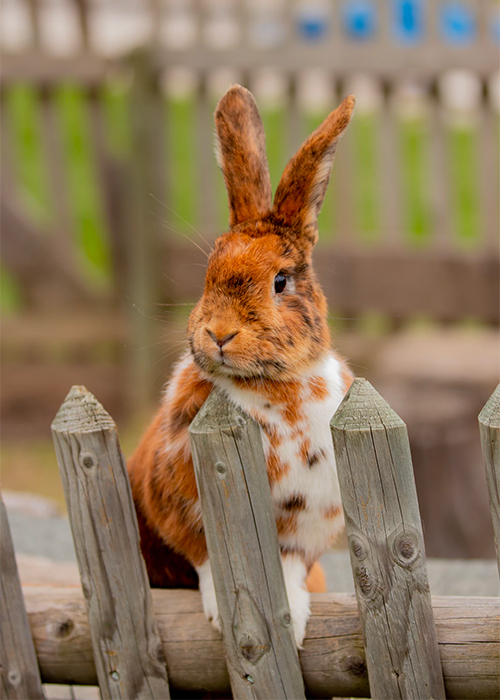Bjurholm chickens
(Gallus gallus) Bjurholm chicken is Sweden's northernmost heritage breed. The breed was officially recognized in 2013.
A small remnant of the previously common small landrace chickens in Västerbotten was found by chance in the village of Bjurholm in 2011. There, the chickens had been kept on the same farm for 120 years without any other chickens being introduced into the flock. The breed was officially recognized in 2013 and is now known as Bjurholm chicken.
The down feathers of their body are relatively large, and the underdown is well developed, indicating a long adaptation to cold climates.
A small remnant of the previously common small landrace chickens in Västerbotten was found by chance in the village of Bjurholm in 2011. There, the chickens had been kept on the same farm for 120 years without any other chickens being introduced into the flock. The breed was officially recognized in 2013 and is now known as Bjurholm chicken.
The down feathers of their body are relatively large, and the underdown is well developed, indicating a long adaptation to cold climates.
| Belongs to: | Order Galliformes (gamebirds) |
| Family: | Pheasant birds (Phasianidae) |
| Weight: | Rooster 2 kg, Hen 1.5 kg. |
| Lifespan: | Normally up to 16 years, although older age records have been noted. |
| Incubation period: | around 21 days. |
| Eggs: | The Bjurholm hen's eggs weigh about 45-50 grams. |








